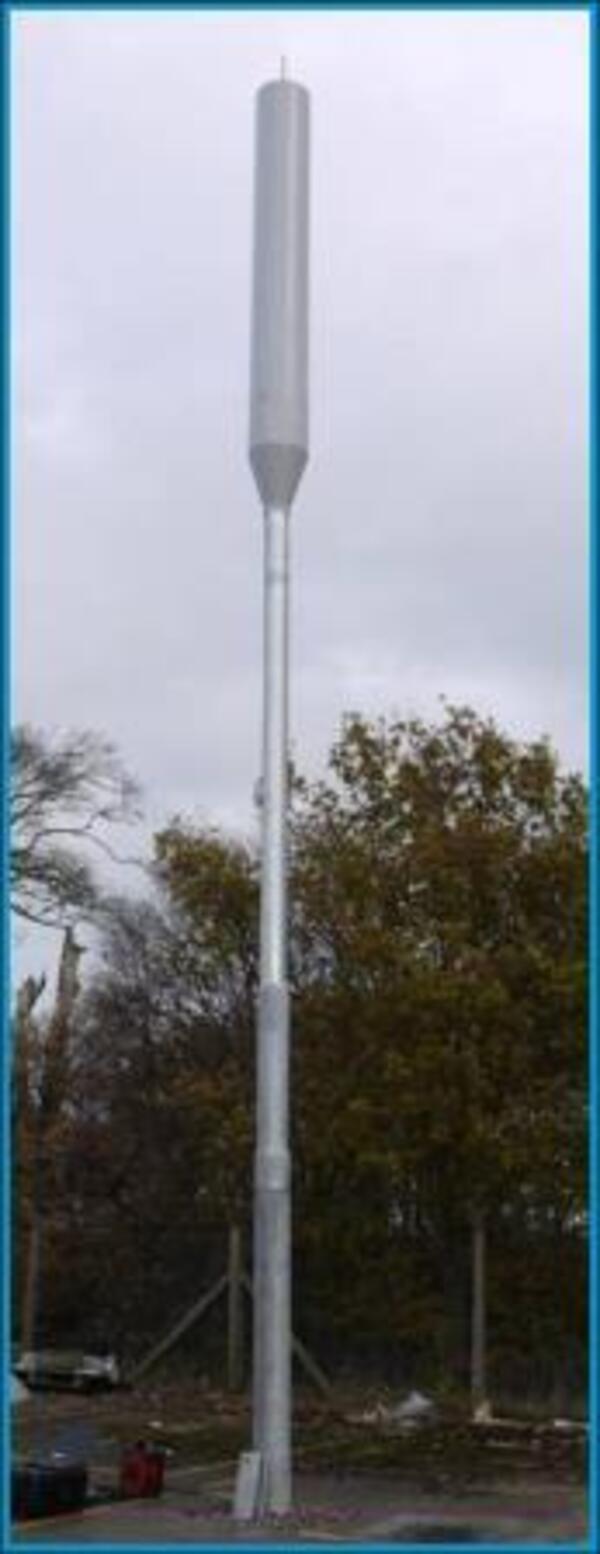
Small cells or small cellular base stations encompass a number of different technologies but one could describe them as anything that's not a typical macro site. They are deployed to solve network capacity issues in a relatively small area, like a hot spot or an important zone that is a subset of the umbrella macro site coverage.
Occupying less space, they help ensure seamless connectivity. Operators can easily replace large cell sites in crowded urban areas with several smaller cell sites or even augment cell sites using small cells solutions. By shrinking and/or breaking the size of each cell, operators can support more users per square mile. This means fewer blocked calls and more consistent data speeds in dense Indian metro cities. There are several ways that small cells can be deployed to expand capacity:
- Passive Distributed Antenna Systems (DAS) -- Known as the original small cell solution, DAS is an operator, frequency and network protocol agnostic solution. DAS works by taking a donor feed from the macrocell and then distributing it over fiber throughout a building or outside space. A dedicated radio base station connected to a DAS ensures both coverage and capacity, enhancing the quality of both voice and data services. In addition to enabling new traffic in previously non-covered areas, DAS also off-loads traffic from the macro network in overlapping coverage areas. It is also a highly effective and efficient way to distribute wireless connections inside a large building and eliminate dead zones.
- Active Distributed Antenna Systems (DAS) -- In large campus areas, malls and airports where passive DAS has practical limitations in terms of scalability, active DAS can be considered. Active DAS is an optical repeater that converts electrical signals into optical signals for wider reach. It then translates optical signals back into EMF waves in a selective manner. Some new low-power radio technologies like integrated pico or micro base transceiver stations are also being tested by operators for fixing localized capacity and coverage.
- Concealed, Integrated Metrocells -- These are mini macro sites that can be installed quickly and more cost-effectively to boost network capacity. Metrocells address all the common issues related to macro cell site deployment in dense urban areas, easing zoning and site acquisition issues. They can be easily fitted to street furniture such as lamp posts and are aesthetically pleasing, flexible and scalable.
- Multibeam Antennas and Sector Splitting -- When located in areas with high data traffic, sectors in macro sites need a way to increase capacity, better penetrate buildings and/or cover a larger outdoor area. By splitting a sector in two (doubling the capacity) using twin beam or multibeam antennas, just one antenna is needed to create double the capacity.
With these different approaches available, it is easy to see why small cells are gaining favor amidst site acquisition challenges and the growth of high usage locations where capacity needs to be increased urgently. A variety of approaches will be vital for wireless network operators in today's world where quality of service is a key driver of customer loyalty.







